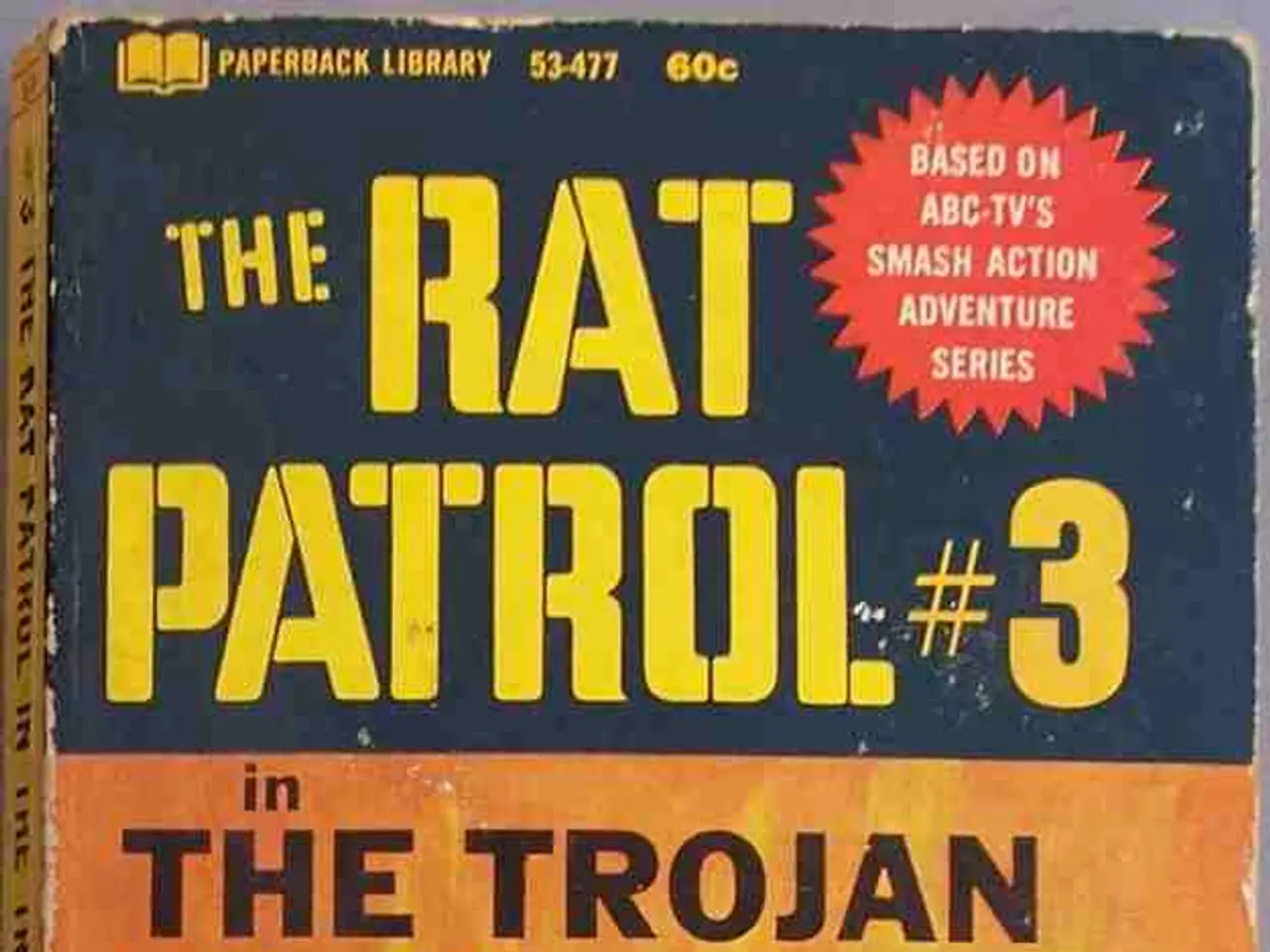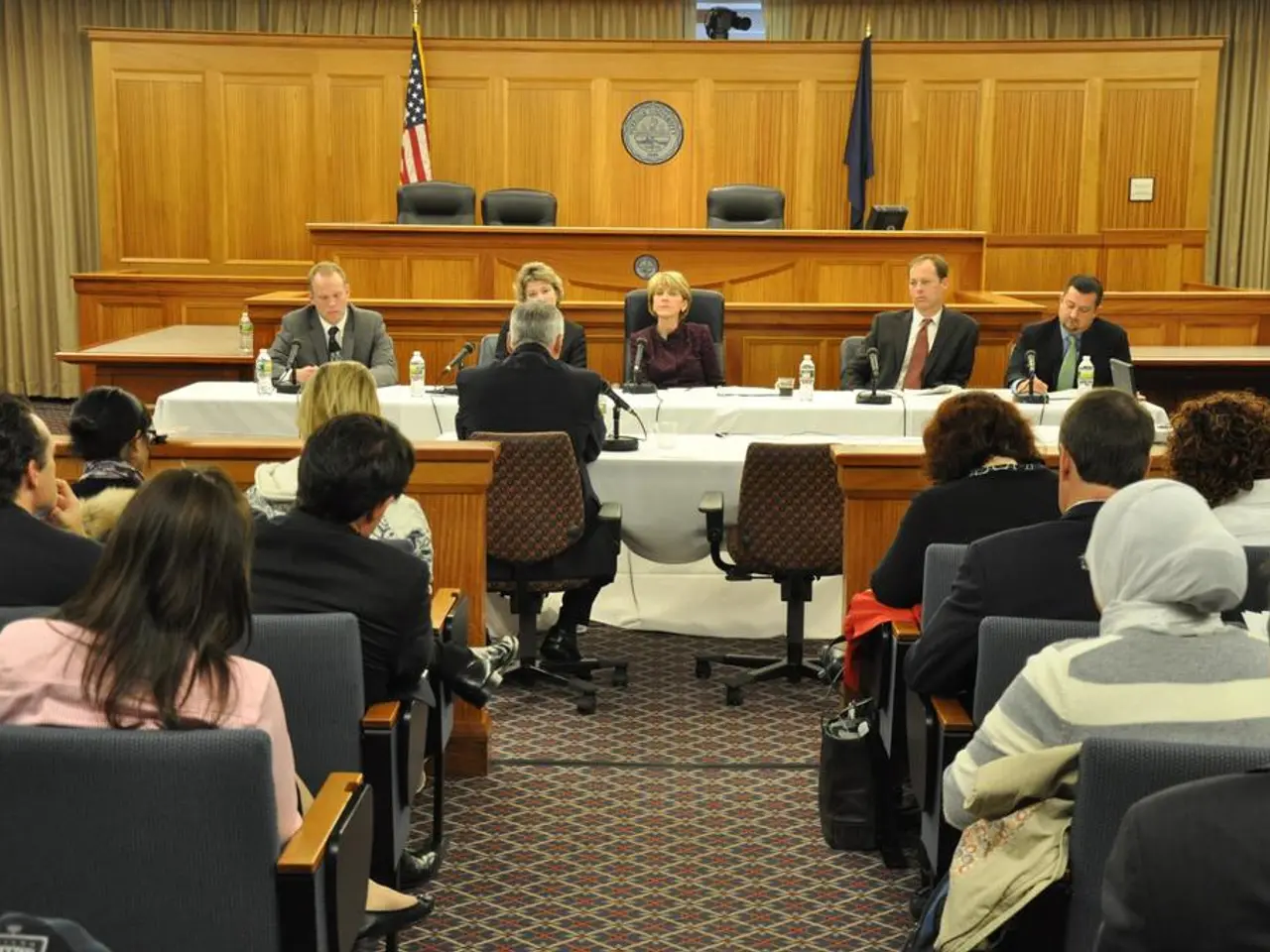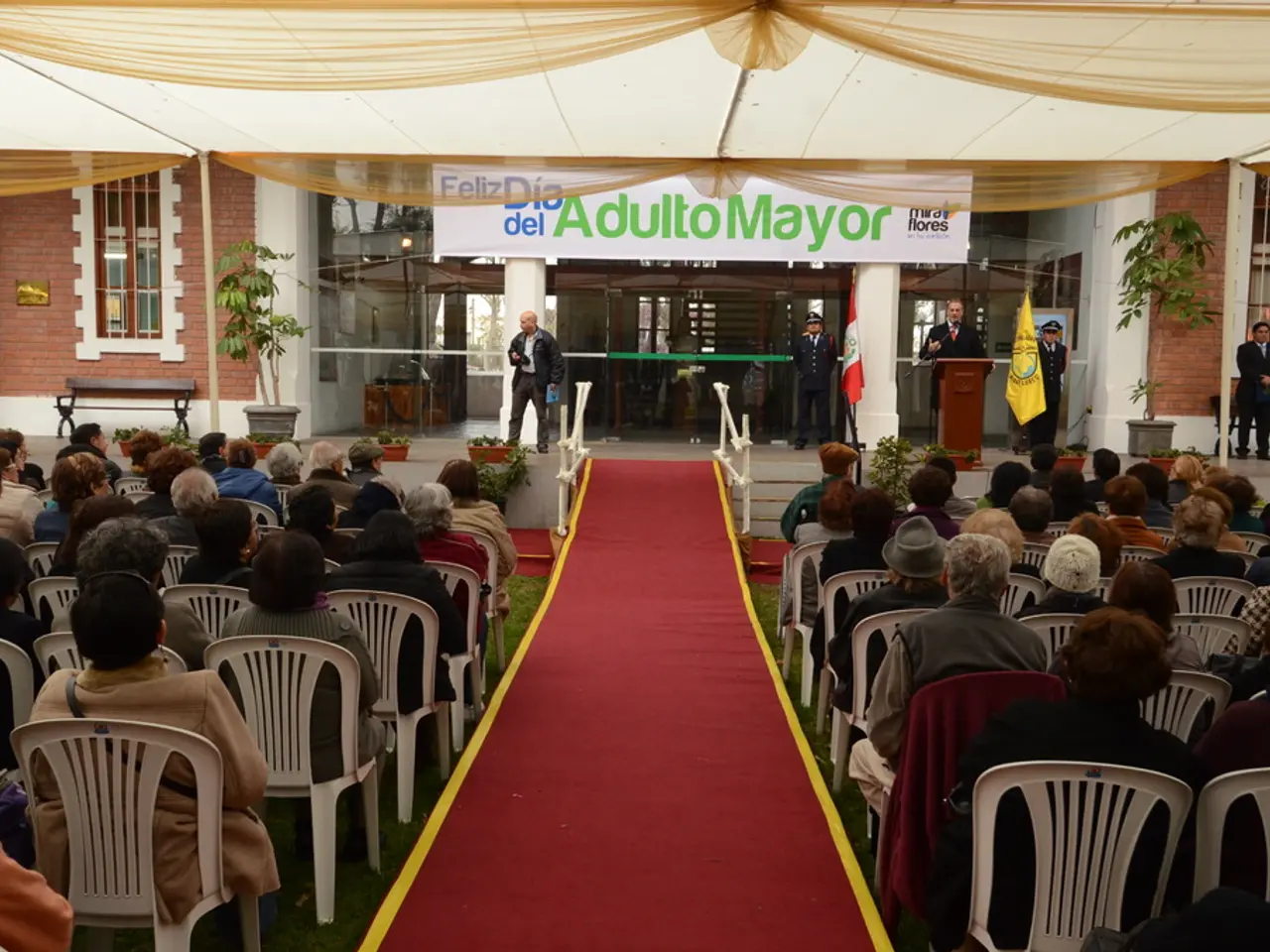International alliance and U.S. reach consensus on sending weaponry to Ukraine
In a dramatic escalation of the ongoing conflict between Ukraine and Russia, US President Donald Trump has issued a 50-day ultimatum to Moscow to end its attack on Ukraine. If a deal is not reached within this timeframe, Trump has threatened to impose "very severe" tariffs on Russia and its remaining trade partners.
Speaking at a White House meeting with NATO Secretary General Mark Rutte on July 14, 2025, Trump emphasised that he uses trade as a tool and called tariffs "great for settling wars." The tariffs, if imposed, would be secondary tariffs at 100 percent, Trump stated.
In a significant shift in policy, Trump also announced a dramatic increase in weapons supplies to European allies, who will then send arms to Ukraine. The weapons include missiles and air defense systems, with a likely inclusion of long-range missiles capable of striking deep inside Russia. The U.S. will provide "the best" military equipment to NATO allies, who will pay for the weapons.
NATO Secretary General Mark Rutte indicated this plan would enable Ukraine to receive a "massive supply of weapons." This move is seen as a response to Ukrainian President Volodymyr Zelensky’s proposal during the NATO summit two weeks prior.
It is not clear from the article whether the weapon supplies are conditional on any specific actions by Ukraine or Russia. The specific types of weapons to be supplied were not specified in the article, nor were details about the timeline for the delivery of the weapons.
However, what is clear is that this combined approach aims to pressure Russia toward a ceasefire by imposing economic sanctions while bolstering Ukraine's military capabilities. The tariffs are a potential economic measure, in addition to the military aid being provided by the US and NATO.
This approach marks a new escalation in the ongoing conflict between Ukraine and Russia, and in the broader geopolitical tensions between the US and Russia. It is also a unilateral action by the US, not a joint decision with NATO or other international bodies.
The costs of the weapon supplies will be covered by NATO member countries, not American taxpayers. Trump's threat of tariffs on Russia's trading partners is a potential economic tool to pressure Russia to end its attack on Ukraine.
[1] Source: White House Press Release, July 14, 2025 [2] Source: NATO Press Release, July 14, 2025 [3] Source: The New York Times, July 15, 2025 [4] Source: BBC News, July 15, 2025
- The community policy involving the tariffs on Russia and its trading partners, as a potential economic tool to pressure Russia to end its attack on Ukraine, is a significant aspect of the employment policy discussed in the White House meeting on July 14, 2025, between President Trump and NATO Secretary General Mark Rutte.
- The ongoing conflict between Ukraine and Russia, escalating with the US President Trump's 50-day ultimatum and threats of tariffs, is a major focus of the general news and politics, intertwining with war-and-conflicts in global geopolitics.






